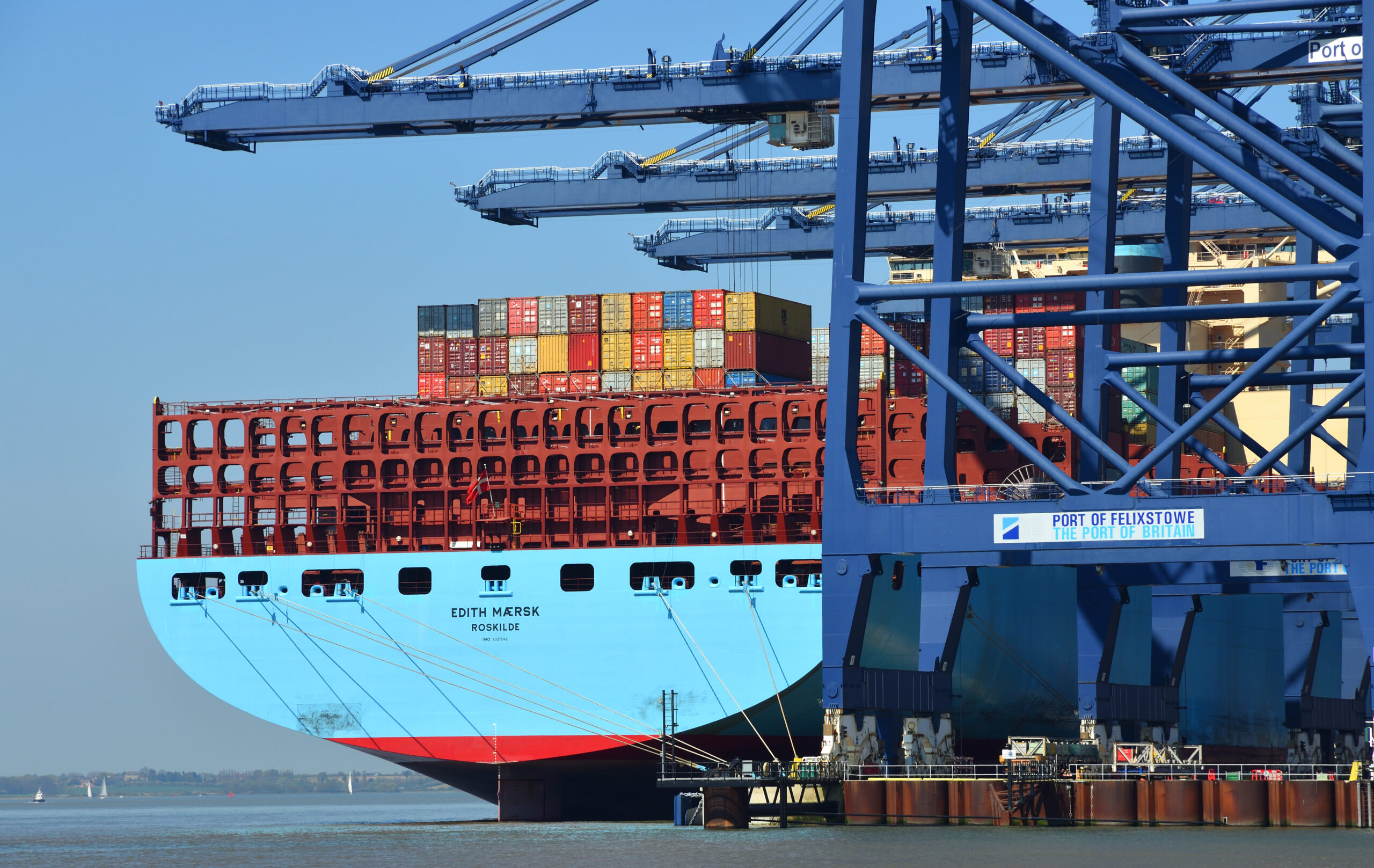DNV has unveiled plans by the California Air Resources Board (CARB) to expand its 2020 At-Berth Regulation to include tankers and roll-on/roll-off (RoRo) vessels, which will require them to adopt a CARB-approved emissions control strategy (CAECS) while in port.
From 1 January 2025, the CARB At-Berth regulations will continue to cover emissions from container, reefer and passenger vessels, but will be expanded to include additional types of vessel and pollutants. All RoRo vessels visiting any California terminal and tanker vessels visiting the Ports of Los Angeles or Long Beach are to be included under the 2025 regulations.
The new pollutants that are to be included in the expanded At-Berth regulations are nitrogen oxide (NOx), particulate mater 2.5 (PM 2.5), as well as reactive organic gases (ROG). The primary regulated parties are the vessel operators, terminal operators, California ports and CAECS operators.
According to CARB, the options for compliance include (but are not limited to) connecting to onshore power (OPS) while at berth, using a CARB-approved exhaust capture and control system, or utilising eco-friendly fuels, such as liquefied natural gas (LNG).
There are currently two companies – STAX Engineering and Clean Air Engineering Maritime – with plans to have an approved barge-based exhaust capture solution for tankers available by 1 January 2025.
Emitters will also have the option to pay into a Remediation Fund, for which vessels must show eligibility and obtain approval. This option, CARB states, cannot be trigged solely from a lack of available CAECS.
Low-activity terminals are exempted from the emission control requirements. However, if such a terminal receive 20+ visits per year from a regulated vessel type for two consecutive calendar years, it will no longer qualify for an exemption and will be required to reduce emissions starting from 1 January of the following year.
California has moved quickly in recent years to decarbonise its maritime industry. In February of this year the state received $3 billion as part of the Clean Ports Program to fund zero-emission port equipment and infrastructure.
Source: DNV



